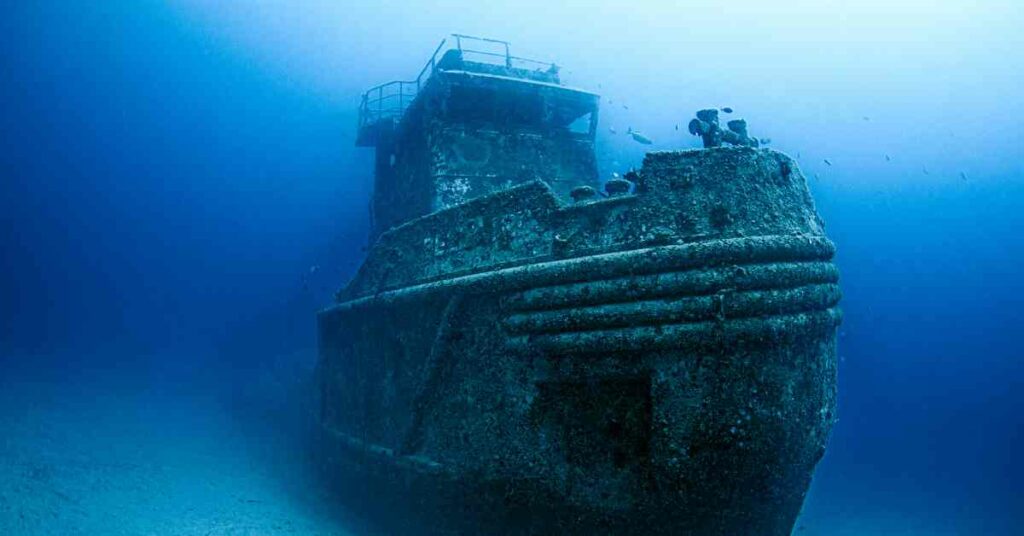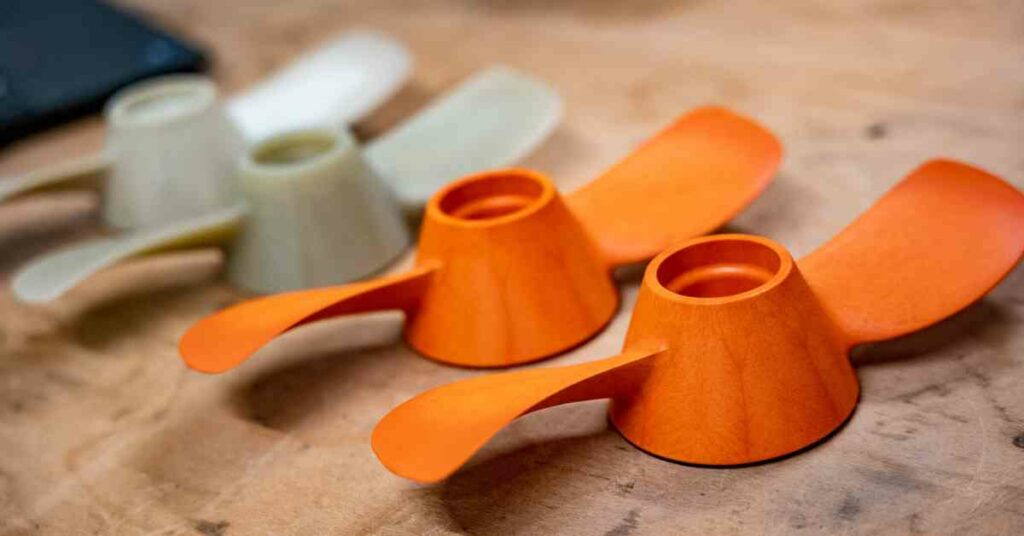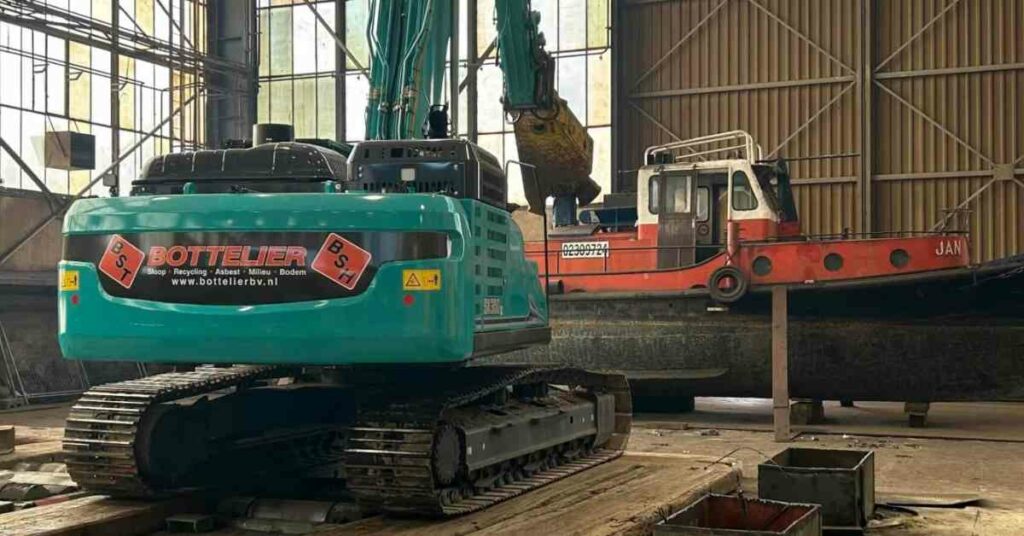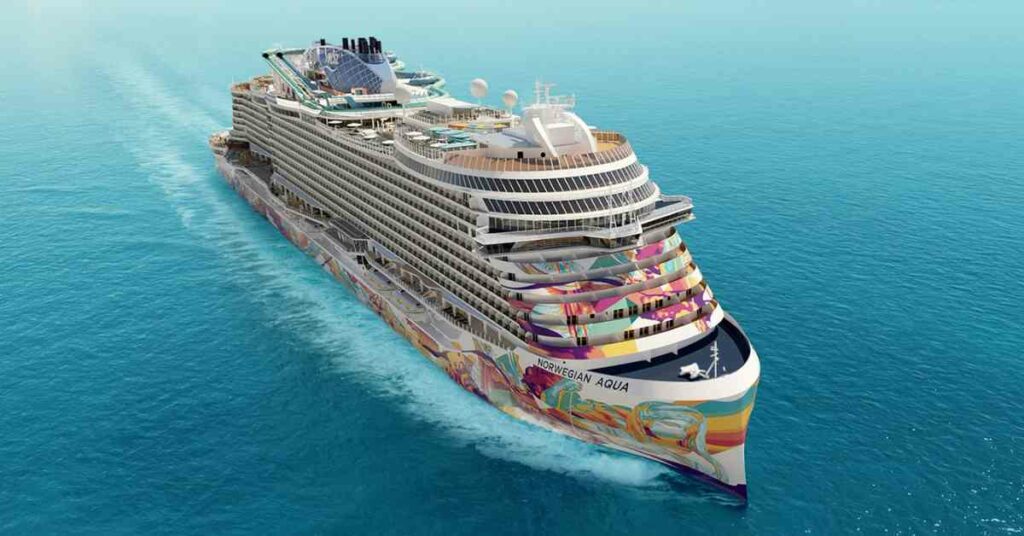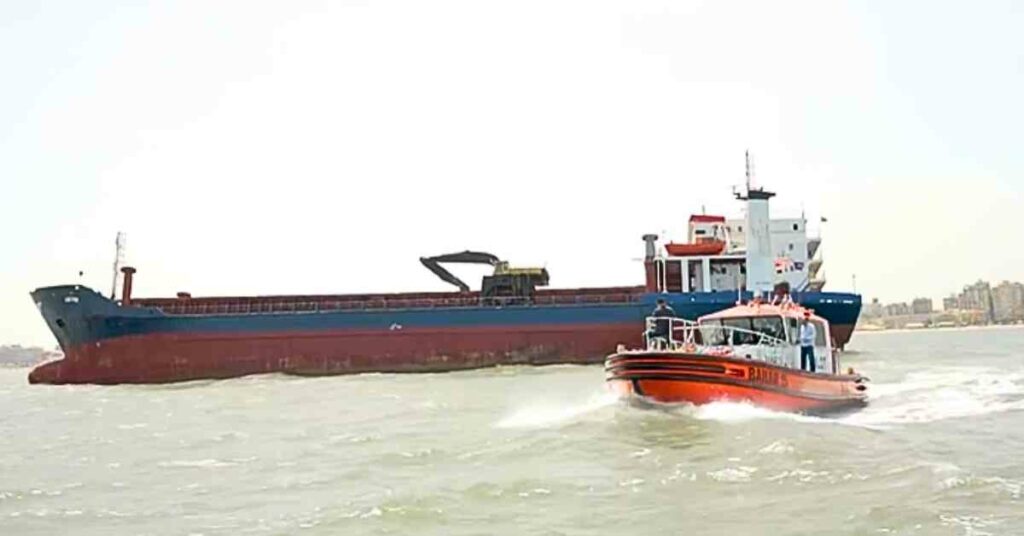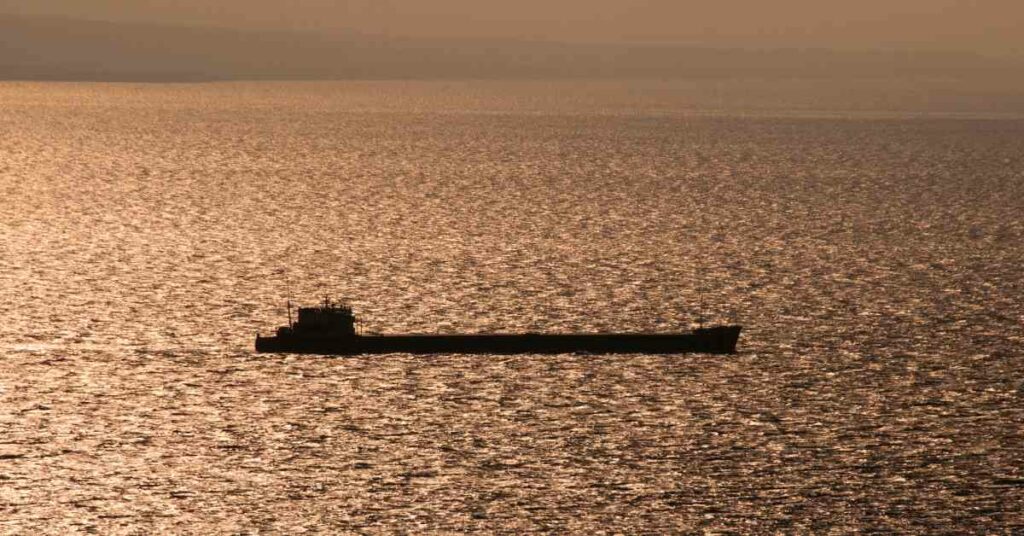New Research Produces Toolkit To Optimise Design Of Floating Offshore Renewable Energy Devices
Being able to understand and predict the behaviour of offshore floating structures, under typical or extreme environmental loads, is central to being able to assess their viability. This is particularly important in the case of offshore renewable energy where devices are intentionally placed in highly energetic marine sites.
Now, new research at HR Wallingford in collaboration with the Coastal and Hydraulics Laboratory (CHL) in the US, has developed a toolkit which can be used to optimise the design of floating offshore renewable energy devices, by accurately simulating the response of these floating structures under realistic sea states.
A variety of concepts for floating offshore renewable energy devices is under development around the world, and each one presents its own challenges. This is not only due to the marine environments in which the devices may be placed, where they will frequently be exposed to significant wave forces, known as hydrodynamic loads, but also due to their respective operating methods.
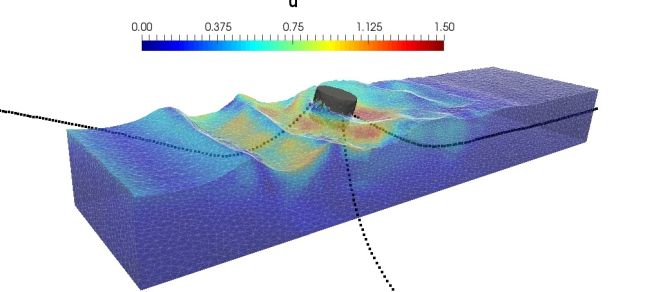
While floating wind turbines aim to limit the response to wave loads, wave energy converters, for example, are tuned to have a high response tolimit the response to wave loads, wave energy converters, for example, are tuned to have a high response to limit the response to wave loads, wave energy converters, for example, are tuned to have a high response to the most energetic waves.
Tristan de Lataillade, Visiting Researcher at HR Wallingford through the IDCORE programme, said: “What our new research shows is that by combining open-source numerical tools, we have the potential to simulate with accuracy the response of complex offshore floating structures to environmental loads in the marine environment.”
The toolkit consists of two main components: Computational Fluid Dynamics (CFD) using Proteus open-
source software, and Multi-Body Dynamics (MBD) using the Chrono open-source solver. Both models have been thoroughly validated separately and together.
Dr Aggelos Dimakopoulos, Senior Engineer at HR Wallingford, added: “We have put a special focus on the fully dynamic simulation of mooring cables, as they can significantly affect station‑keeping and the overall response of the device, which in turn affects its energy extraction efficiency.”
Michael Case, Renewable Energy Lead at HR Wallingford, said: “Using a CFD model at an early stage can reduce costs in design optimisation, by performing full-scale simulations under realistic sea states, before performing laboratory tests which may be subject to practical limitations. This is important as it provides a further opportunity to drive down the Levelised Cost of Energy (LCoE).”
The research project has been sponsored by CHL and the Engineer Research and Development Centre
(ERDC), and HR Wallingford, under a joint collaboration agreement. Additional support was provided by the IDCORE doctorate programme from the Energy Technologies Institute and the Research Councils Energy Programme.
The research paper was presented at EWTEC (European Wave and Tidal Energy Conference) Ireland, in
2017 and is available to download from the University of Exeter research repository: https://bit.ly/2QZyQIi
Watch a simulation of the response of a floating offshore renewable energy device on YouTube below:
Watch a simulation of the response of a floating offshore renewable energy device on YouTube at:
Press Release
Disclaimer :
The information contained in this website is for general information purposes only. While we endeavour to keep the information up to date and correct, we make no representations or warranties of any kind, express or implied, about the completeness, accuracy, reliability, suitability or availability with respect to the website or the information, products, services, or related graphics contained on the website for any purpose. Any reliance you place on such information is therefore strictly at your own risk.
In no event will we be liable for any loss or damage including without limitation, indirect or consequential loss or damage, or any loss or damage whatsoever arising from loss of data or profits arising out of, or in connection with, the use of this website.
Disclaimer :
The information contained in this website is for general information purposes only. While we endeavour to keep the information up to date and correct, we make no representations or warranties of any kind, express or implied, about the completeness, accuracy, reliability, suitability or availability with respect to the website or the information, products, services, or related graphics contained on the website for any purpose. Any reliance you place on such information is therefore strictly at your own risk.
In no event will we be liable for any loss or damage including without limitation, indirect or consequential loss or damage, or any loss or damage whatsoever arising from loss of data or profits arising out of, or in connection with, the use of this website.
Do you have info to share with us ? Suggest a correction
About Author
Marine Insight News Network is a premier source for up-to-date, comprehensive, and insightful coverage of the maritime industry. Dedicated to offering the latest news, trends, and analyses in shipping, marine technology, regulations, and global maritime affairs, Marine Insight News Network prides itself on delivering accurate, engaging, and relevant information.

About Author
Marine Insight News Network is a premier source for up-to-date, comprehensive, and insightful coverage of the maritime industry. Dedicated to offering the latest news, trends, and analyses in shipping, marine technology, regulations, and global maritime affairs, Marine Insight News Network prides itself on delivering accurate, engaging, and relevant information.
Latest Shipping News Articles You Would Like:
Subscribe To Our Newsletters
By subscribing, you agree to our Privacy Policy and may receive occasional deal communications; you can unsubscribe anytime.




